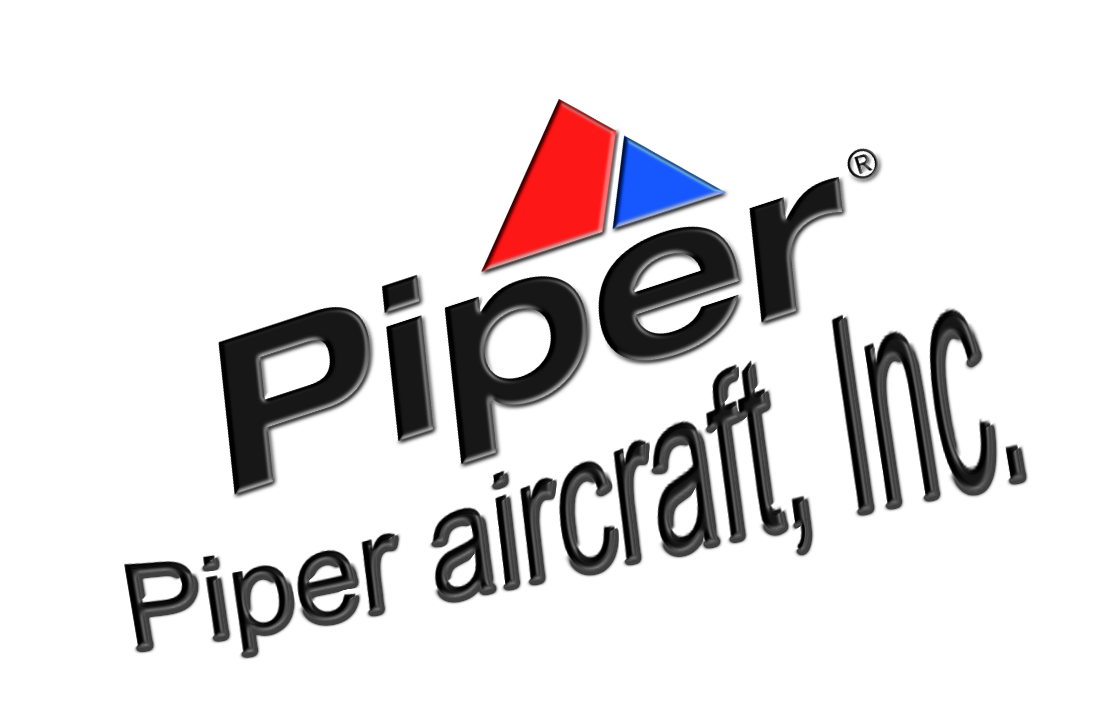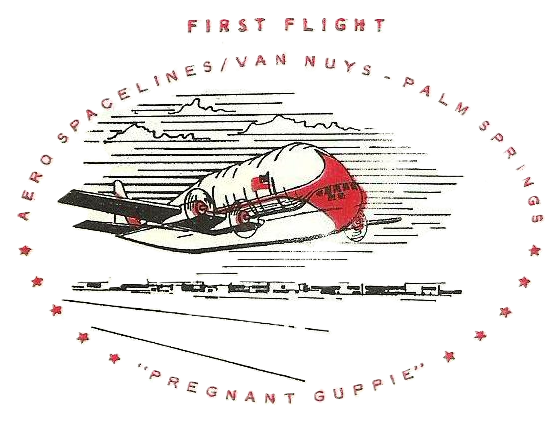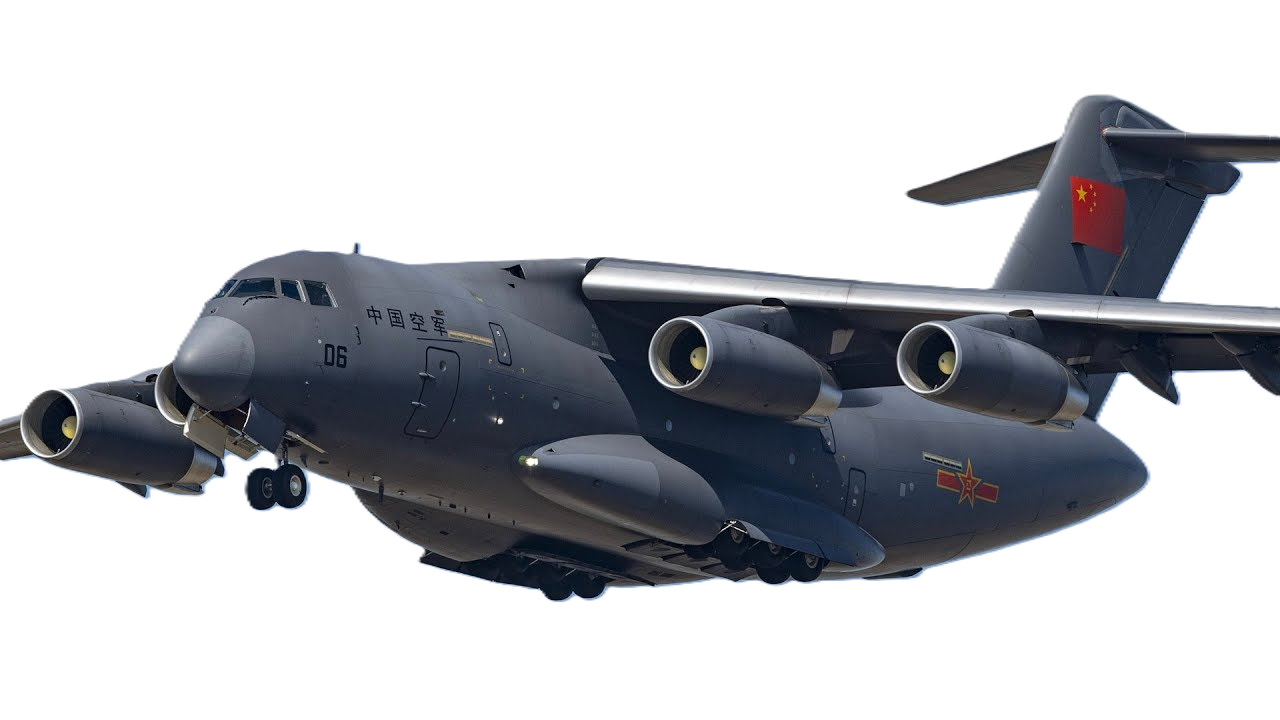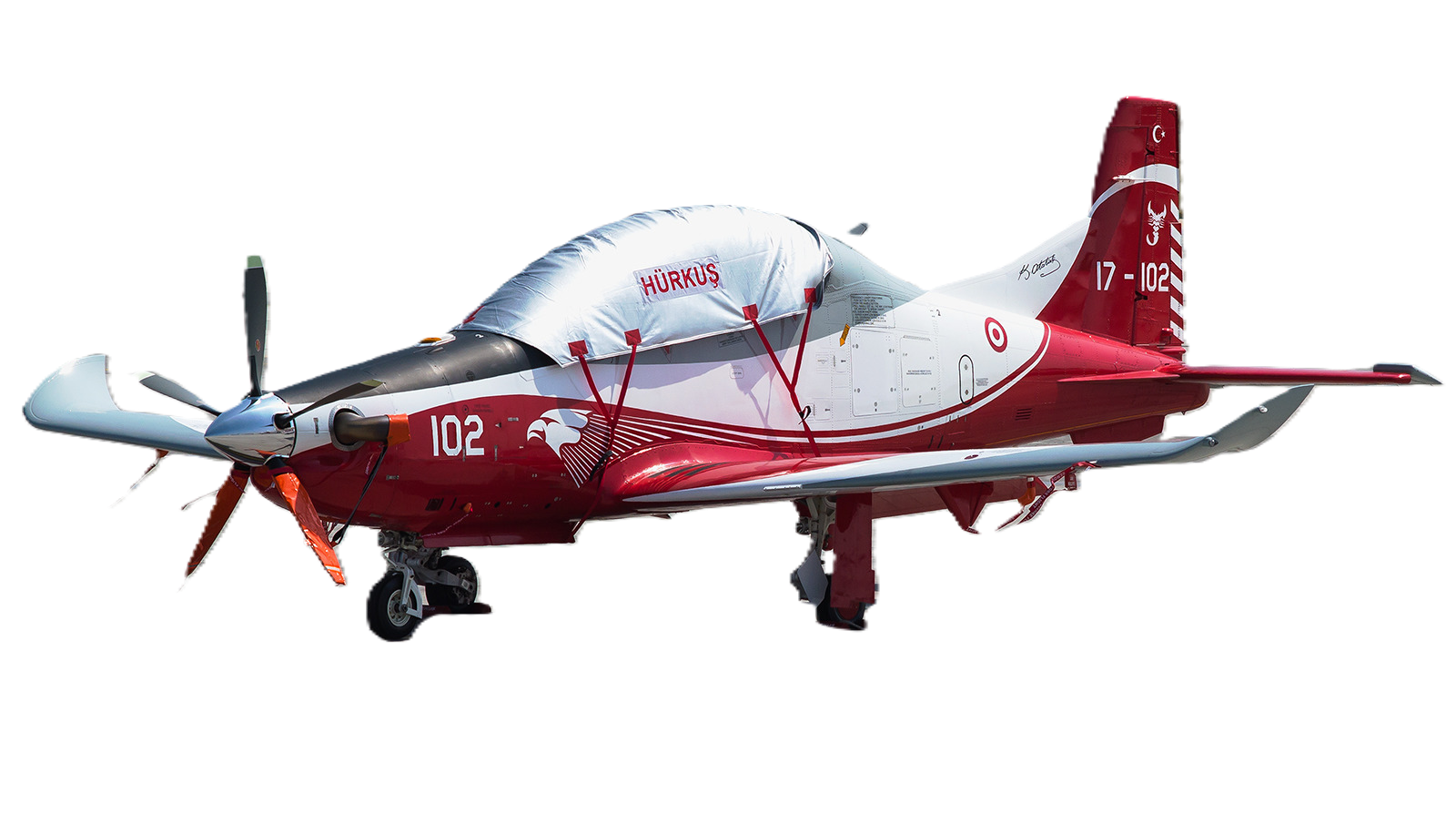Saab AB Svenska
Saab 21R fighter/attack
 |
|
| General information | |
|---|---|
| Type | Fighter and attack aircraft |
| National origin | Sweden |
| Manufacturer | SAAB |
| Status | Retired |
| Primary user | Swedish Air Force |
| Number built | 64 |
| History | |
| Manufactured | 1950–1952 |
| Introduction date | 1950 |
| First flight | 10 March 1947 |
| Retired | 1956 |
| Developed from | SAAB 21 |
.
History Saab AB (originally Svenska Aeroplan Aktiebolaget
Saab 21R fighter/attack aircraft
Manufactured 1950–1952

The Saab 21R was a Swedish fighter/attack aircraft developed and produced by Svenska Aeroplan AB (SAAB). It was a jet-powered development of the piston-engined SAAB 21 and was the first jet aircraft to be produced by Saab. The R-suffix stands for reaktion (reaction), referencing reaktionsdrift (jet power) or reaktionsmotor (jet engine). Along with the Soviet Yakovlev Yak-15, the 21R was one of only two jet fighters to have been successfully converted from piston-powered aircraft. Sweden was under threat during the Second World War, and ordered SAAB to develop an advanced fighter. The result was an unorthodox twin-boom pusher, with a low wing, tricycle landing gear, and a heavy forward-firing armament. Several options were then explored to improve its performance, leading to a jet-powered version.
The A 21R attack version could now carry 14.5 and 18 cm (5.7 and 7.1 in) ground attack rockets installed underneath the wing centre section. An alternative external paddan ("the toad") gunpod could be mounted under the wing centre section instead of the rockets. The gunpod contained eight 8 mm (0.31 in) ksp m/22 machine guns with 800 rounds of ammunition per two magazines (400 per magazine) feeding each gun with 100 rounds. The fire control system allowed all installed guns and all the rockets or the gunpod to be fired at once.
A production run of 124 aircraft was planned, including four prototypes. When F 10 wing had gained experience with the type, it was concluded that all of the aircraft were to be attack aircraft and the production batch was reduced to 64 aircraft. Of these, 34 fighters were designated J 21RA, powered by the 1,360 kg (3,000 lb) Goblin 2 engine, or RM1 in Sweden. These were later re-designated as A 21RA. The remaining 30 were designated A 21RB. These were powered by a Swedish-built 1,500 kg (3,300 lb) Goblin 3 or RM1A engine
Derivatives
Operators
Current operators

Variants
- J 21RA – First production series, intended as fighters, powered by British-built de Havilland Goblin II engines, 34 built in 1950 (including four prototypes)
- A 21RA – J 21RA redesignated as attackers in 1951 and modified to carry external attack ordnance, retired in 1953[
- J 21RB – Second production series, intended as fighters, powered by Swedish-built de Havilland Goblin III engines, 30 built between 1950 and 1952
- A 21RB – J 21RB redesignated as attackers in 1951 and modified to carry external attack ordnance, retired in 1956
Operators
- Swedish Air Force
- F7 Såtenäs, 1950–54: A21RA/B
- F10 Ängelholm, 1949–51: J21RA
- F17 Kallinge, 1954–56: A21RA/B
0
KmCeiling
0
KmCombat RANGE
0
Km/hAircraft Speed
0
Max Crew
Photo Gallery
Saab AB (originally Svenska Aeroplan Aktiebolaget
Saab 21R fighter/attack aircraft Manufactured 1950–1952


SSaab AB (originally Svenska Aeroplan Aktiebolaget
Saab 21R fighter/attack aircraft Manufactured 1950–1952
General Info
-
-
- Crew: 1
- Length: 10.55 m (34 ft 7 in) including 20mm cannon
- Wingspan: 11.37 m (37 ft 4 in)
- Height: 2.9 m (9 ft 6 in)
- Wing area: 22.1 m2 (238 sq ft)
-
Powerplant
- Max takeoff weight: 5,615 kg
- Fuel capacity: 1,690 L (450 US gal; 370 imp gal) total maximum; 590 L (160 US gal; 130 imp gal) in fuselage tank, 300 L (79 US gal; 66 imp gal) in wing tanks and 800 L (210 US gal; 180 imp gal) in optional tip tanks
- Powerplant: 1 × de Havilland Goblin II (Svenska Flygmotor RM1) centrifugal-flow turbojet engine, 13.24 kN (2,980 lbf) thrust J 21RA / A 21RA
-
-
Performance
- Maximum speed: 800 km/h
- Cruise speed: 610 km/h
- Minimum control speed: 155 km/h
- Range: 450 km (280 mi, 240 nmi) internal tanks only
- Ferry range: 900 km (560 mi, 490 nmi) with drop tanks
- Service ceiling: 12,000 m (39,000 ft)
Related development
-
-
Guns
- 1 × 20 mm automatkanon m/45 [sv] (20 mm akan m/45) – 20 mm (0.79 in) gun in the nose with 140 rounds
- 4 × 13,2 mm automatkanon m/45A (13,2 mm akan m/39A) – 13.2 mm (0.52 in) guns, two in the nose with 350 rounds per gun and two in the wings with 325 rounds per gun (early on retrofitted with 12,7 mm barrels for 12.7×99 ammunition)
- Belly maximum 700 kg
-
Guns
.
Links to Youtube & Others
The Saab 21R was a Swedish twin-boom fighter/attack aircraft developed and produced by Saab (styled "SAAB" before 1950). It was a jet-powered development of the earlier piston-engined Saab 21. It was the first jet aircraft to be produced by Saab.
Saab AB Saab 21R fighter/attack aircraft
Some smaller airlines, including Eastern Airways in the UK, have subsequently acquired 2000s at low cost.
Youtube Link
During 1947, at the direction of the Swedish Air Force, SAAB began converting the service's piston-engined J 21s to use jet propulsion instead,











.png)


